
Filter News
Area of Research
- (-) Biology and Environment (78)
- (-) Energy Science (112)
- (-) Neutron Science (16)
- Advanced Manufacturing (8)
- Biology and Soft Matter (1)
- Building Technologies (2)
- Computational Biology (1)
- Computational Engineering (2)
- Computer Science (8)
- Electricity and Smart Grid (1)
- Energy Sciences (1)
- Fuel Cycle Science and Technology (1)
- Functional Materials for Energy (1)
- Fusion and Fission (32)
- Fusion Energy (13)
- Isotope Development and Production (1)
- Isotopes (5)
- Materials (63)
- Materials for Computing (9)
- Mathematics (1)
- National Security (27)
- Nuclear Science and Technology (39)
- Nuclear Systems Modeling, Simulation and Validation (2)
- Quantum information Science (2)
- Sensors and Controls (1)
- Supercomputing (65)
- Transportation Systems (1)
News Topics
- (-) Advanced Reactors (6)
- (-) Artificial Intelligence (20)
- (-) Microscopy (17)
- (-) Nuclear Energy (9)
- (-) Security (8)
- 3-D Printing/Advanced Manufacturing (83)
- Big Data (16)
- Bioenergy (70)
- Biology (84)
- Biomedical (33)
- Biotechnology (17)
- Buildings (38)
- Chemical Sciences (22)
- Clean Water (21)
- Composites (19)
- Computer Science (50)
- Coronavirus (29)
- Critical Materials (9)
- Cybersecurity (9)
- Energy Storage (75)
- Environment (143)
- Exascale Computing (6)
- Fossil Energy (3)
- Frontier (6)
- Fusion (2)
- Grid (40)
- High-Performance Computing (25)
- Hydropower (10)
- Isotopes (2)
- Machine Learning (17)
- Materials (49)
- Materials Science (50)
- Mathematics (6)
- Mercury (10)
- Microelectronics (1)
- Molten Salt (1)
- Nanotechnology (20)
- National Security (9)
- Neutron Science (121)
- Partnerships (13)
- Physics (11)
- Polymers (13)
- Quantum Computing (1)
- Quantum Science (8)
- Simulation (18)
- Space Exploration (6)
- Statistics (1)
- Summit (17)
- Transportation (69)
Media Contacts

While studying how bio-inspired materials might inform the design of next-generation computers, scientists at ORNL achieved a first-of-its-kind result that could have big implications for both edge computing and human health.
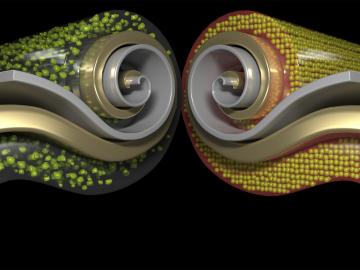
Researchers at ORNL have developed a new method for producing a key component of lithium-ion batteries. The result is a more affordable battery from a faster, less wasteful process that uses less toxic material.

John “Jack” Cahill is out to illuminate previously unseen processes with new technology, advancing our understanding of how chemicals interact to influence complex systems whether it’s in the human body or in the world beneath our feet.
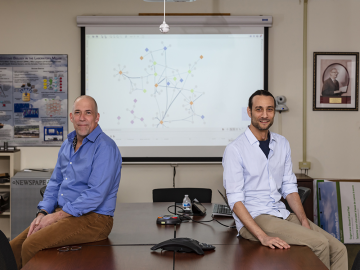
ORNL researchers discovered genetic mutations that underlie autism using a new approach that could lead to better diagnostics and drug therapies.

Oak Ridge National Laboratory scientists designed a recyclable polymer for carbon-fiber composites to enable circular manufacturing of parts that boost energy efficiency in automotive, wind power and aerospace applications.

As the United States shifts away from fossil-fuel-burning cars and trucks, scientists at the Department of Energy’s Oak Ridge and Argonne national laboratories are exploring options for another form of transportation: trains. The research focuses on zero-carbon hydrogen and other low-carbon fuels as viable alternatives to diesel for the rail industry.
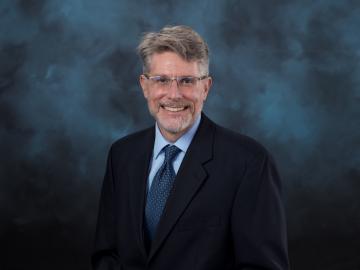
ORNL appointed Peter Thornton as director of its Climate Change Science Institute, or CCSI, effective November 1, 2022.
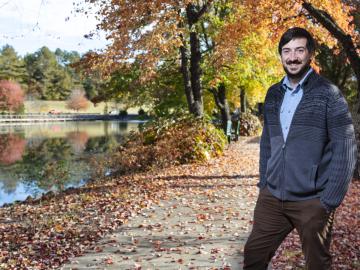
Matthew Craig grew up eagerly exploring the forest patches and knee-high waterfalls just beyond his backyard in central Illinois’ corn belt. Today, that natural curiosity and the expertise he’s cultivated in biogeochemistry and ecology are focused on how carbon cycles in and out of soils, a process that can have tremendous impact on the Earth’s climate.
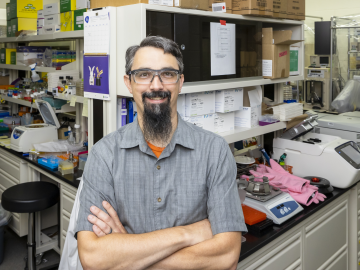
Scientists working on a solution for plastic waste have developed a two-step chemical and biological process to break down and upcycle mixed plastics into valuable bioproducts.

Millions of miles of pipelines and conduits across the United States make up an intricate network of waterways used for municipal, agricultural and industrial purposes.


